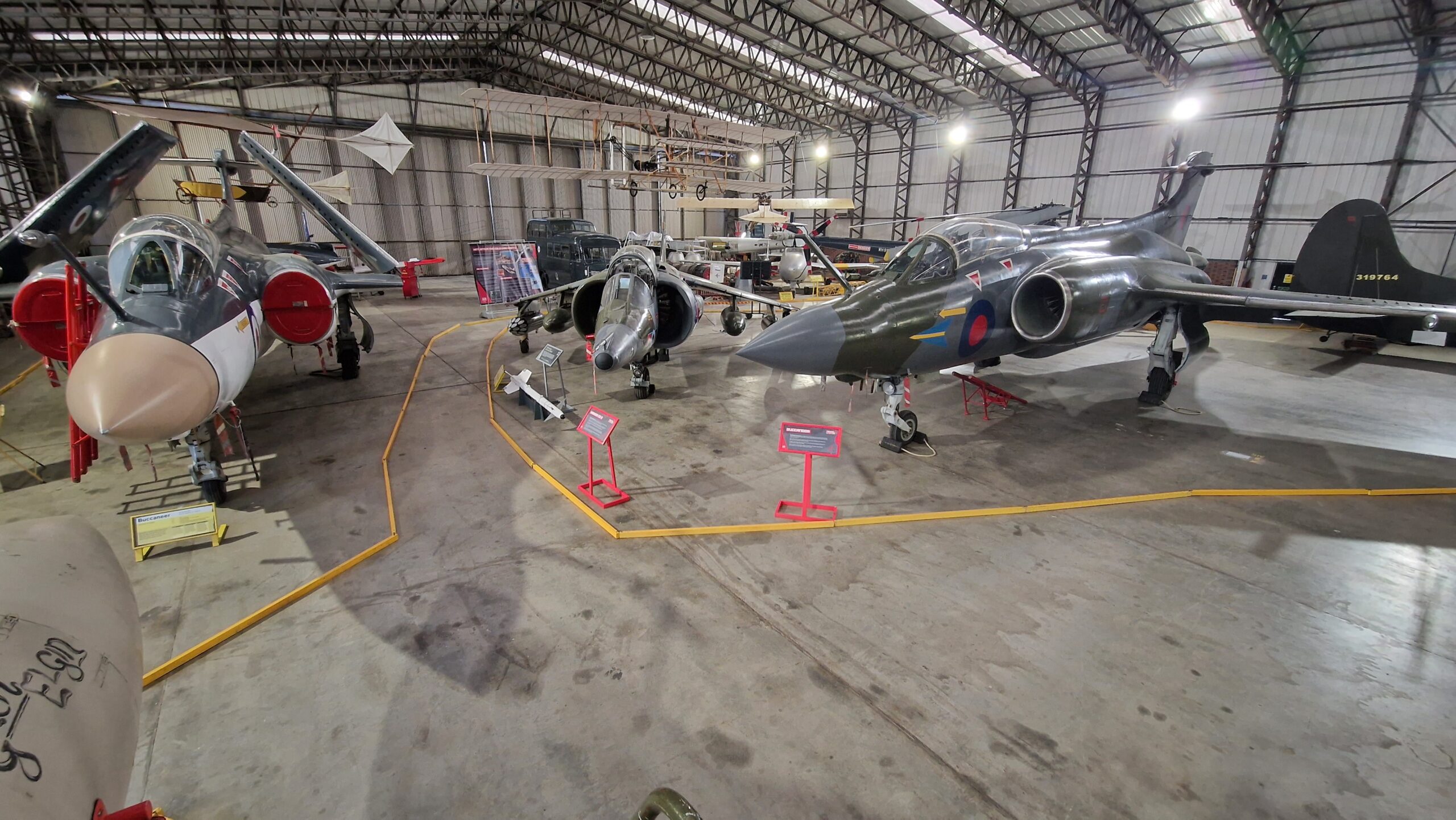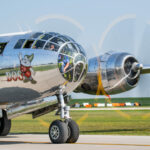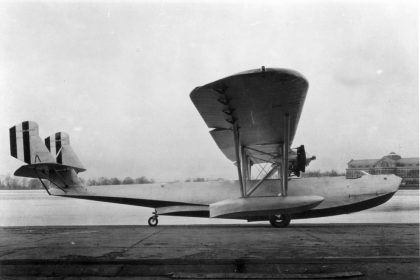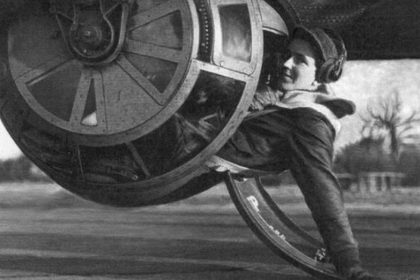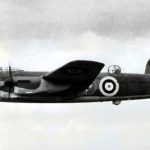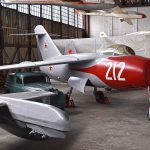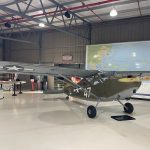“Vintage Aviation News staff did not write this article; the content comes via our partners who wish to help support our website.”
Aviation museums serve as captivating gateways that transcend the boundaries of traditional classrooms, providing aspiring student pilots with immersive experiences that ignite their passion for aviation. These museums, often filled with historic aircraft, interactive exhibits, and real-life stories of aviation pioneers, play a crucial role in shaping the dreams and aspirations of the next generation of aviators. This article explores the profound impact aviation museums have on inspiring and educating future student pilots, bridging the gap between theoretical knowledge and the thrilling reality of flight.
Historical Context:
Aviation’s journey through time is a testament to human ingenuity and tenacity. Aviation museums meticulously curate this rich history, offering student pilots a tangible connection to the evolution of flight. Stepping into these hallowed halls, students embark on a chronological exploration, witnessing the transformative moments from the Wright brothers’ first powered flight to the era of supersonic travel. This immersive experience instills a profound appreciation for the roots of aviation, grounding student pilots in the legacy they are about to inherit.
Interactive Learning:
Aviation museums redefine the learning experience by providing a hands-on, sensory-rich environment. Beyond the confines of traditional classrooms, students touch the cold metal of historic aircraft, run their fingers over intricate flight control systems, and even step into the cockpits that once soared through the skies. The interactive displays and cutting-edge simulators offer aspiring aviators a taste of the pilot’s world, translating abstract theories from textbooks into real-world understanding. This tangible engagement makes aviation concepts more than theoretical constructs, fostering a deep and lasting connection to the art of flying.
Inspiration from Iconic Aircraft:
Within the vast expanse of aviation museums, iconic aircraft stand as silent witnesses to the triumphs and challenges of aviation history. The presence of legendary planes like the Spitfire and Concorde sparks an indescribable inspiration in student pilots. The sleek designs, powerful engines, and storied pasts become more than exhibits – they become sources of motivation. Standing in the shadow of these airborne legends, students envision themselves at the controls, propelled by the same determination and innovation that shaped the history of flight.
Educational Programs and Workshops:
Aviation museums transcend static displays with tailor-made educational programs and workshops. These initiatives delve into the core principles of aerodynamics, unravel the mysteries of navigation, and unveil the layers of aviation history. Practical sessions, often conducted in simulated flight scenarios, allow students to apply classroom theories in a controlled yet dynamic setting. These hands-on experiences not only deepen their understanding but also provide a glimpse into the real-world challenges and decision-making complexities encountered by seasoned pilots.
Mentorship Opportunities:
Collaborating with seasoned aviators, aviation museums foster mentorship programs that extend beyond conventional instruction. Student pilots have the unique opportunity to engage with experienced professionals, gaining insights that transcend textbooks. Mentorship becomes a personalized guide, offering advice on career trajectories, strategies for overcoming challenges, and navigating the intricate landscape of the aviation industry, see write paper for me for professional writing help. These personal connections establish a vital support system as students embark on their own journeys skyward.
Fostering a Sense of Community:
Aviation museums function as more than repositories of aircraft; they serve as hubs for a community united by a shared passion for flight. Student pilots connect with like-minded enthusiasts, sharing ideas, experiences, and aspirations. The bonds formed within these museum walls extend into enduring networks that provide invaluable support throughout a pilot’s career. The sense of belonging to a community of aviation aficionados reinforces the collective dream of taking flight, creating an environment where inspiration thrives.
Career Exploration and Guidance:
Navigating the complex landscape of a career in aviation can be overwhelming for aspiring pilots. Aviation museums collaborate with educational institutions, industry experts, and training organizations to offer comprehensive career guidance. Student pilots explore diverse career paths, from the realms of commercial piloting to aerobatics and aviation maintenance. This exposure to the myriad facets of aviation equips students with the knowledge needed to make informed decisions about their future in the skies. Check Retail Marketing Automation for more info on commerce.
The Role of Simulators in Skill Development:
Aviation museums integrate state-of-the-art flight simulators into their exhibits, revolutionizing skill development for student pilots. These advanced simulators provide realistic and immersive experiences, allowing students to practice maneuvers, navigate emergency scenarios, and refine their skills in a controlled yet dynamic environment. Simulators bridge the gap between theoretical knowledge acquired in classrooms and the practical demands of actual flight training. This innovative approach nurtures muscle memory and sharpens decision-making abilities in a risk-free setting, preparing student pilots for the challenges that await them in the cockpit.
Conclusion:
Aviation museums serve as dynamic educational platforms that go beyond the confines of traditional classrooms, inspiring and preparing the next generation of student pilots. Through interactive learning, exposure to iconic aircraft, mentorship programs, and career guidance, these museums play a pivotal role in shaping the dreams and aspirations of aspiring aviators. As students transition from the classroom to the cockpit, the impact of aviation museums reverberates in their passion, knowledge, and commitment to the exhilarating world of flight.
“Vintage Aviation News staff did not write this article; the content comes via our partners who wish to help support our website.”







